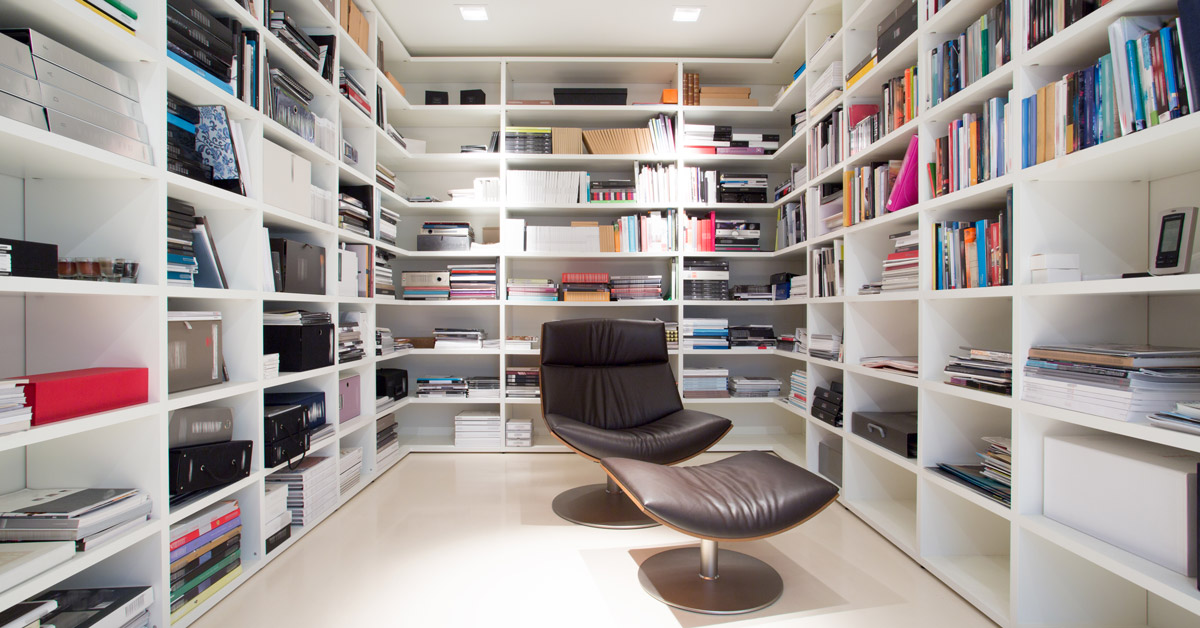Theatre acoustics, a critical aspect of theatre design, greatly influences the overall experience of the audience. How sound travels and interacts within a theatre space can make the difference between a captivating performance and one that loses its audience. It’s not just about volume, but also clarity, tone, and reverberation time—all of which combine to create the overall sonic experience.
Understanding Theatre Acoustics
Theatre acoustics relates to how sound is managed within a theatre to ensure optimal auditory experience. The design process takes into account factors like sound absorption, reflection, and diffusion. Acoustic treatment is necessary to ensure that all audience members, regardless of their location in the theatre, receive the same quality of sound.
However, theatre spaces are not always solely dedicated to one type of performance. Theatres often host a variety of performances—from spoken word plays and operas to concerts and ballets. Each type of event has unique acoustic needs. A spoken word play requires crisp, clear acoustics with shorter reverberation times, while a symphony concert benefits from a rich, reverberant acoustic environment.
The Need for Variable Acoustics in Theatres
This variety in performance type presents a challenge: how can a single space accommodate such diverse acoustic requirements? This is where the concept of variable acoustics comes into play. Variable acoustics, as the name suggests, allows for the adjustment of a Theatres acoustical properties according to the specific needs of each performance.
The Power of Variable Acoustics
Variable acoustics systems provide the ability to fine-tune a Theatres acoustic environment, offering an adaptable and flexible solution to varying acoustic requirements. Using advanced technologies, these systems can modify aspects such as the absorption and reflection of sound, allowing for real-time alterations of a Theatres acoustics.
For instance, in the case of a spoken word event, variable acoustics can be used to minimize echo and reduce reverberation time, ensuring that dialogue is easily audible and intelligible. Conversely, for musical performances, the system can be adjusted to increase the reverberation time, enriching the resonance and depth of the music.
The Benefits of Variable Acoustics
The implementation of variable acoustics in theatre design brings numerous benefits. Firstly, it provides a more versatile theatre space, capable of hosting a wide range of events without compromising the quality of the sound. This allows theatres to broaden their programming and appeal to a wider audience.
Furthermore, it enhances the audience experience, as the sound quality is tailored to the specific performance type. By ensuring optimal acoustics for each event, theatres can deliver a superior auditory experience, thus increasing audience satisfaction and potentially boosting return rates.
Conclusion: The Future of Theatre Acoustics
Variable acoustics represents a significant stride forward in theatre acoustics, offering a dynamic and adaptable solution to the challenges posed by diverse performance requirements. By adopting variable acoustics, theatres can ensure high-quality sound performance, regardless of the type of event, thereby enhancing the overall theatre experience. As technology continues to advance, we can anticipate even more sophisticated solutions for the theatre acoustics of the future.
